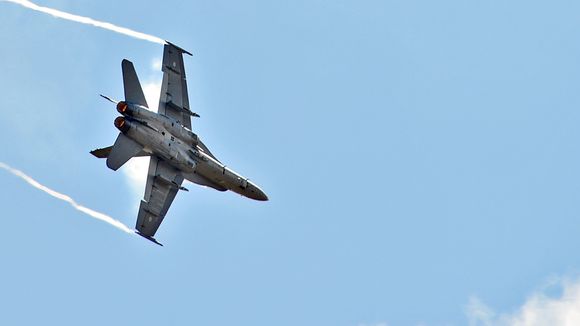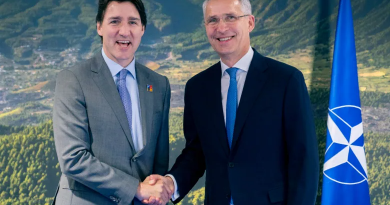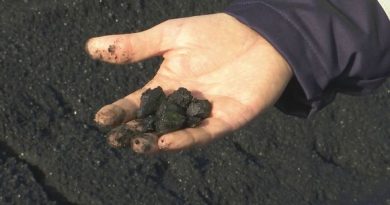Finland’s air force steps up aerial drills in the North

Finnish air forces have taken to the skies more often than usual for aerial exercises in northern Finland.
According to Finland’s Defence Forces, the Air Force has been concentrating surveillance sorties in the south, while training drills have been taking place up north.
A decision to wind down an air defence base in Satakunta in western Finland and transfer Hornet stock to Lapland is partly responsible for the busier training schedule up north, air force officials say. This autumn pilots have been taking flight at the rate of twice a month.
“The intensity of flight activity in the north has grown compared to previous years. The number of aircraft has increased as well, so we can see that in Rovaniemi, Oulu and Kuopio we also have more planes in the air,” said chief of staff of Lapland Air Command, Lieutenant-Colonel Juha Salminen.
Busy autumn skies
According to Salminen a series of reforms in the operations of Finland’s Defence Forces has seen an increase of between 10 and 20 percent in training flights this year. The pace of exercises is especially intense during the autumn as the season also allows pilots to train at night.
“We have moved training from southern to northern Finland for a few weeks of intensive flight training.”
In addition to Lapland air command, pilots from Karelia air command and the Kauhava training school have been flying northern skies, as well as Swedish Gripens and Norwegian F-16 jets. In Rovaniemi, pilots may fly up to three sorties with between 6 and 10 jets; previously, the formations included 4 to 8 aircraft.
New exercises to begin Monday
The crisis in Ukraine has prompted the air force to concentrate air surveillance flights in the south of the country, while training exercises take place up north.
“This has been done before, in other words, emergency flight operations are concentrated over the Gulf of Finland and the northern Baltic Sea. There’s been a slight increase in activity there,” Salminen declared.
The aerial exercises will continue from Monday when Lapland air command leads a series of training flights dubbed Otava, from Oulunsalo. The programme will continue until Friday and will employ up to 10 Hornet jets in aerial drills in Pudasjärvi and over the Bay of Bothnia. The pilots will also practice aerial refueling over the Bay of Bothnia.
Airspace incursions behind surveillance flights
In August Finnish Defence Forces recorded three airspace incursions by Russian aircraft, and indicated that there had been an increasing number of cases unauthorised entry into Finnish airspace by foreign planes.
At the time the Defence Forces said they had adopted a policy of going public with confirmed air space violations.
In September, Finnish Hornets were scrambled for surveillance flights over the Baltic Sea, but at that time Defence Forces said that there had been no confirmed incursion — although the Latvian Army reported reconnaissance flights on the same occasion, prompted by sightings of several Russian planes.
Related stories from around the North:
Canada: Canadian Military explores sunken sailing ship in the Arctic, Radio Canada International
Finland: Authorities probe suspected violations of Finnish airspace, Yle News
Norway: More than 100 new nukes in northern waters, Barents Observer
Russia: Hamburg & the Northern Sea Route, Blog by Mia Bennett
Sweden: Sweden’s Greens rethink defence spending position after Russia’s airspace violations, Radio Sweden
United States: Alaska military sites vulnerable to climate change, Alaska Dispatch



